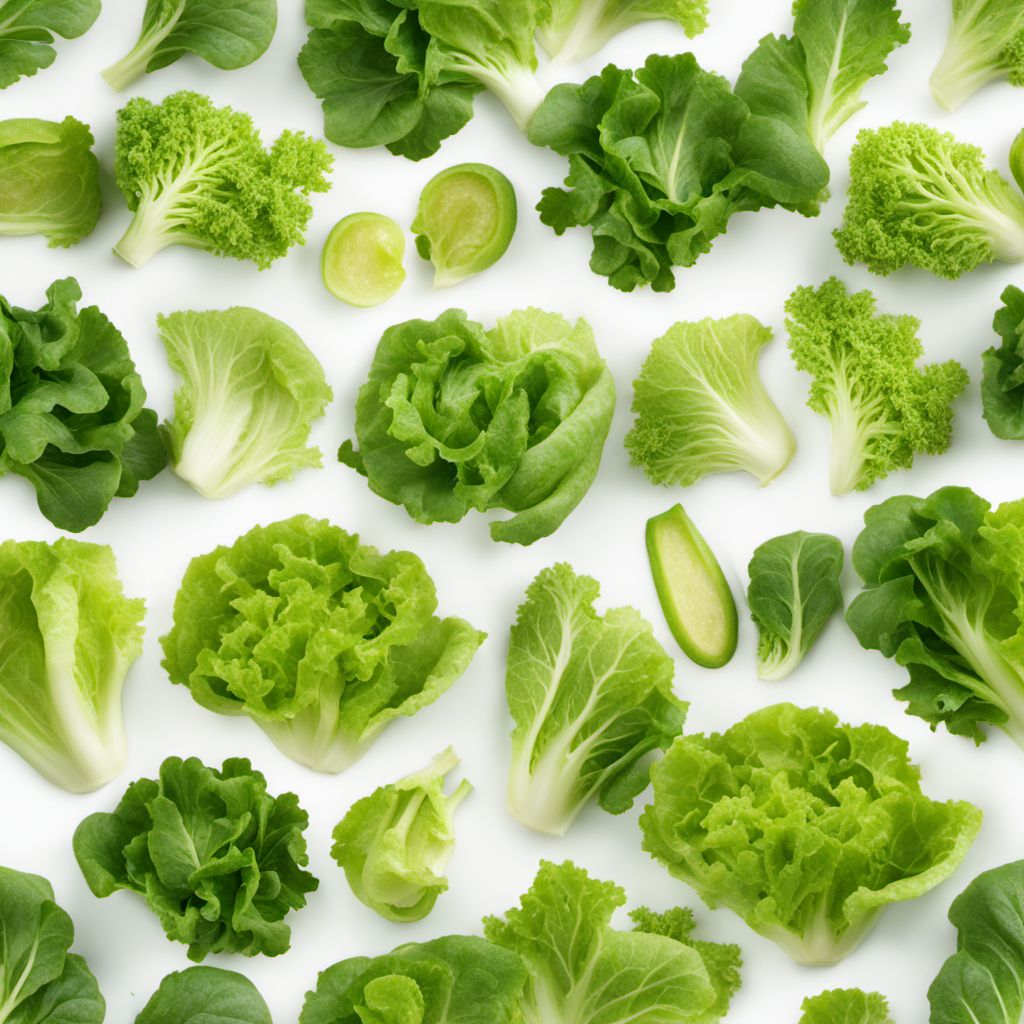
Ingredient
Other lettuces and salad plants
Beyond the Basic Greens: Exploring the World of Lettuces and Salad Plants
Other lettuces and salad plants encompass a diverse range of leafy greens, herbs, and edible flowers that are commonly used in salads, sandwiches, wraps, and as garnishes. These ingredients vary in size, shape, color, and taste, providing a delightful assortment of options for culinary exploration. From peppery arugula and delicate butter lettuce to vibrant radicchio and tangy sorrel, each variety brings its own distinct characteristics to the plate. These greens can range from tender and mild to robust and bitter, offering a spectrum of flavors to suit different palates. With textures ranging from crisp and crunchy to tender and delicate, these ingredients provide a refreshing contrast to other components in a dish. Visually, other lettuces and salad plants showcase an array of colors, from vibrant greens to deep reds and purples, adding visual appeal to any culinary creation.
Origins and history
Lettuces and salad plants have a rich history that dates back thousands of years. The cultivation of lettuce can be traced back to ancient Egypt and Greece, where it was highly regarded for its medicinal properties. Over time, different varieties of lettuces and salad plants were developed and cultivated in various regions around the world. For example, arugula, also known as rocket, has its origins in the Mediterranean region, while radicchio is native to Italy. The popularity of these greens spread across different cultures and cuisines, leading to their integration into various traditional dishes.
Nutritional information
Other lettuces and salad plants are low in calories and rich in essential nutrients such as vitamins A, C, and K, as well as folate and fiber.
Allergens
There are no known allergens associated with other lettuces and salad plants.
How to select
When selecting other lettuces and salad plants, look for leaves that are crisp, vibrant, and free from wilting or discoloration. Avoid any leaves that appear slimy or have brown spots. Opt for organic or locally grown varieties when possible to ensure freshness and minimize exposure to pesticides.
Storage recommendations
To maintain the freshness and quality of other lettuces and salad plants, store them in a perforated plastic bag or airtight container lined with paper towels to absorb excess moisture. Place them in the refrigerator's crisper drawer, where they can stay fresh for up to a week.
How to produce
Amateur gardeners can easily grow other lettuces and salad plants in their own backyard or even in containers. These greens thrive in cool weather and require well-drained soil and regular watering. Sow the seeds directly in the garden or start them indoors and transplant them once they have developed a few leaves. Harvest the leaves when they reach the desired size, allowing the plant to continue growing for multiple harvests.
Preparation tips
Before using other lettuces and salad plants, wash them thoroughly under cold running water to remove any dirt or debris. Gently pat them dry or use a salad spinner to remove excess moisture. Tear or cut the leaves into bite-sized pieces or leave them whole, depending on the desired presentation. These greens can be used as a base for salads, added to sandwiches or wraps, or used as a garnish for various dishes. Experiment with different combinations of lettuces and salad plants to create unique flavor profiles and textures in your culinary creations.
Culinary uses
Other lettuces and salad plants are commonly used in salads, both as the main ingredient and as a complement to other vegetables and proteins. They can also be used to add freshness and crunch to sandwiches, wraps, and tacos. Additionally, these greens can be sautéed or wilted and used as a bed for grilled meats or seafood. Their vibrant colors and delicate flavors make them a popular choice for garnishing dishes and adding visual appeal.
Availability
Other lettuces and salad plants are commonly available in grocery stores, supermarkets, and farmers markets worldwide.
More ingredients from this category » Browse all
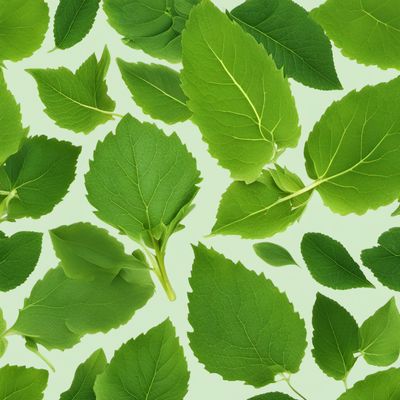
Balsam pear leaves
The Healing Power of Balsam Pear Leaves
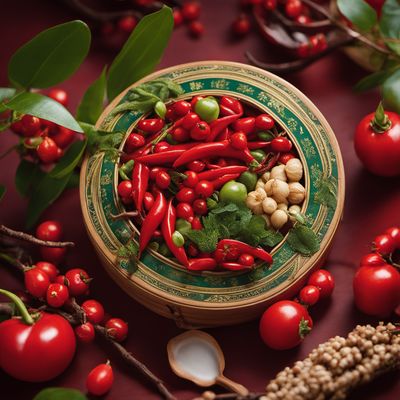
Box thorn
Nature's Tang
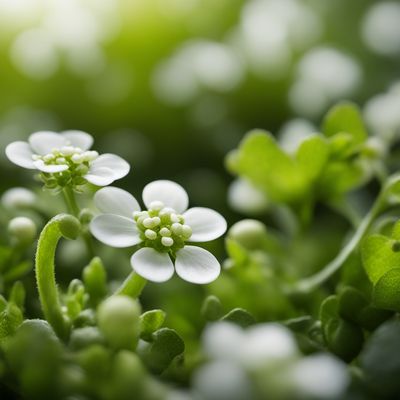
Scurvy-grass
The Citrusy Herb
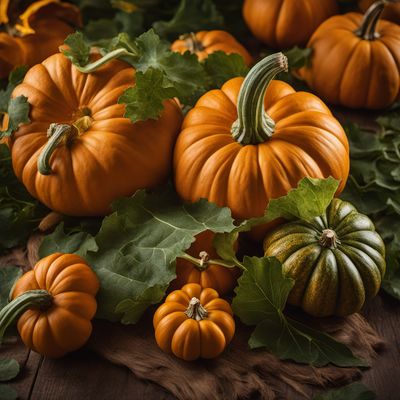
Pumpkin leaves
The Nutritious Greens: Pumpkin Leaves
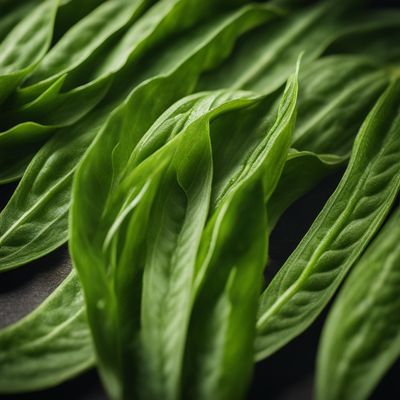
Plantain leaves
Versatile Wrapping Material
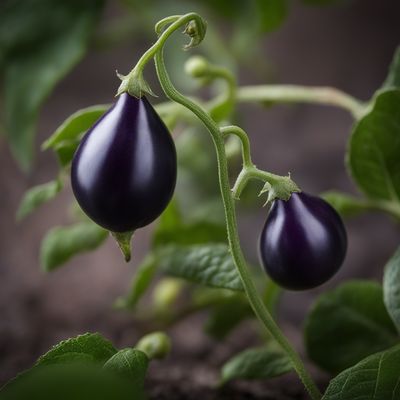
Nightshade, black
The Dark Delight: Unveiling the Secrets of Black Nightshade

Mallow leaves
Velvety Greens with a Mild Bite
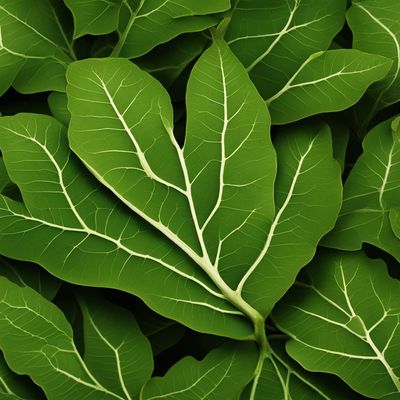
Baobab leaves
The Nutritional Powerhouse: Baobab Leaves Unveiled
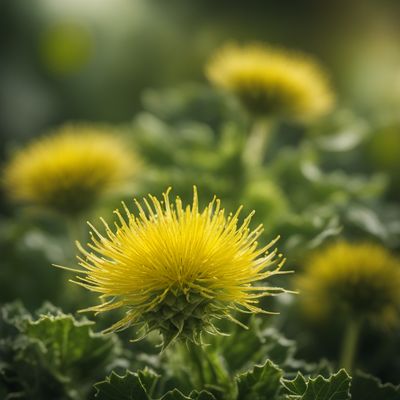
Sowthistle leaves
Vibrant Greens Packed with Nutrients
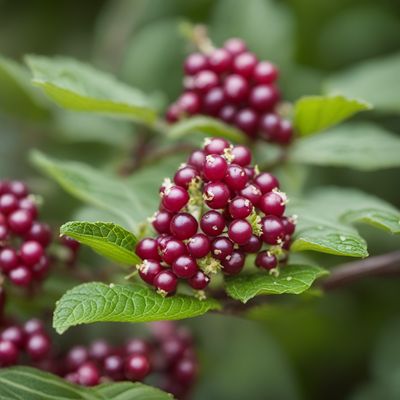
Pokeweed
The Wild Wonder: Pokeweed
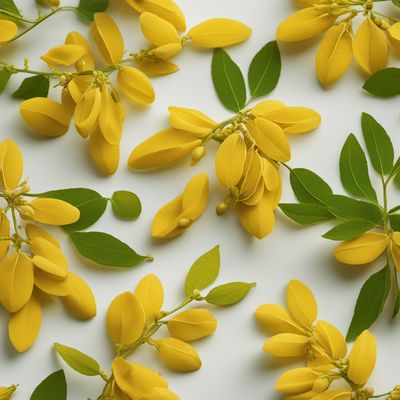
Senna leaves
The Natural Laxative: Unveiling the Power of Senna Leaves
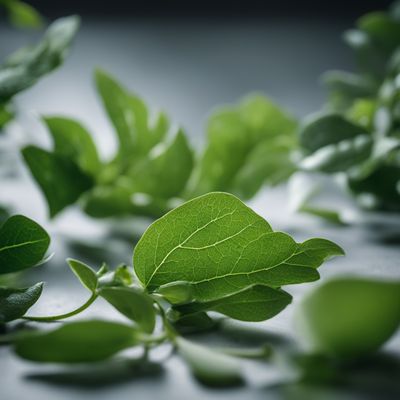
Blumea leaves
The Aromatic Herb: Blumea Leaves
Recipes using Other lettuces and salad plants

Grilled Chicken Skewers with Swabian Twist
Swabian Grilled Chicken Delight

Insalata di Gallina Bionda with Citrus Dressing
Zesty Italian Chicken Salad with a Citrus Twist

Lao-inspired Spicy Beef Salad
Fiery Flavors: Lao-inspired Spicy Beef Salad
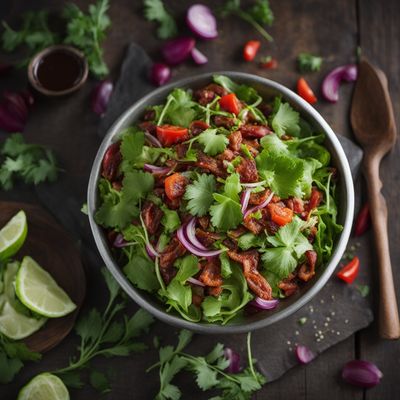
Kashmiri-inspired Bacon Salad
Spiced Bacon Salad with Kashmiri Flavors